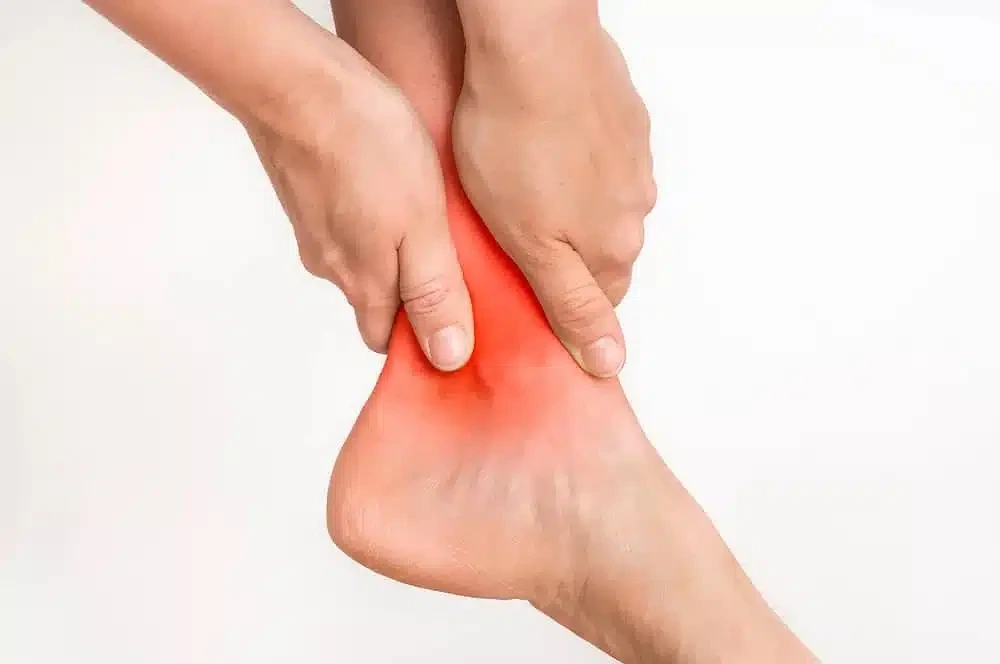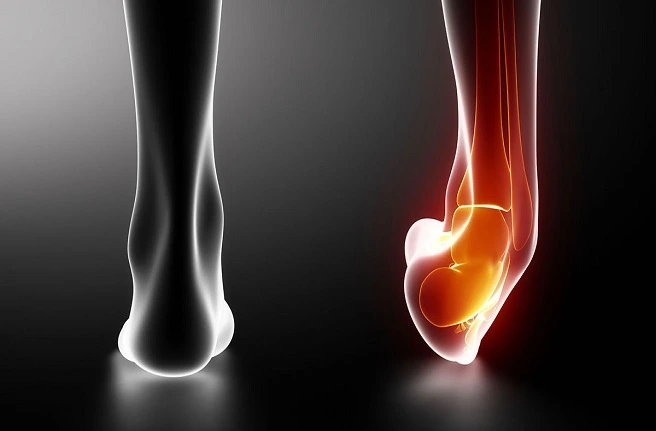Ankle sprain therapy in Brantford
Ankle sprain therapy in Brantford are among the most common musculoskeletal injuries, affecting individuals of all ages and activity levels. Whether incurred during sports activities, daily routines, or accidents, ankle sprains can vary in severity and require appropriate management to ensure optimal recovery and prevent long-term complications.
Understanding Ankle Sprains
An ankle sprain therapy in Brantford occurs when the ligaments connecting the bones of the ankle joint are stretched or torn, usually due to sudden twisting or rolling of the foot. This can lead to pain, swelling, bruising, and difficulty walking or bearing weight on the affected ankle. The severity of a sprain is typically categorized into three grades:
- Grade 1: Mild sprain with slight stretching and microscopic tearing of ligament fibers.
- Grade 2: Moderate sprain involving partial tearing of ligament fibers, often accompanied by more significant pain and swelling.
- Grade 3: Severe sprain where the ligament is completely torn, causing instability and significant pain.


The Role of Physiotherapy in Ankle Sprain Rehabilitation
Physiotherapy plays a crucial role in the rehabilitation of ankle sprains, focusing on reducing pain and swelling and restoring normal function and strength to the injured ankle. A comprehensive physiotherapy program typically includes the following components:
1. Initial Assessment and Diagnosis
Upon the initial consultation, a physiotherapist assesses the severity of the ankle sprain therapy in Brantford through physical examination and, if necessary, imaging studies such as X-rays or MRI scans. This assessment helps determine the extent of ligament damage and guides the formulation of an individualized treatment plan.
2. R.I.C.E. Protocol
The R.I.C.E. protocol (rest, ice, compression, elevation) is often initiated immediately following injury to manage pain and swelling. Physiotherapists educate patients on the proper application of these techniques to facilitate early recovery and minimize tissue damage.
3. Pain Management
Effective pain management is crucial during the early stages of rehabilitation. Physiotherapists employ modalities such as ultrasound, electrical stimulation, or manual therapy techniques to alleviate pain and promote healing.
4. Range of Motion and Flexibility Exercises
As pain subsides and swelling decreases, gentle range of motion exercises are introduced to restore normal joint mobility. These exercises may include ankle circles, gentle stretches, and mobility drills to prevent stiffness and improve flexibility.
5. Strength Training
Once adequate range of motion is achieved, strengthening exercises become a cornerstone of rehabilitation. Physiotherapists prescribe exercises targeting the muscles around the ankle joint, including calf raises, ankle dorsiflexion/plantarflexion exercises, and resistance band exercises. Strengthening these muscles enhances ankle stability and reduces the risk of recurrent sprains.
6. Balance and Proprioception Training
Ankle sprain therapy in Brantford often compromises proprioception—the body’s awareness of joint position and movement in space. Physiotherapists incorporate balance exercises and proprioceptive training activities (e.g., standing on one leg, balance board exercises) to improve joint stability and reduce the likelihood of future injuries.
7. Functional Rehabilitation
As the ankle sprain therapy in Brantford heals and strength improves, physiotherapists focus on functional rehabilitation. This phase involves activities that simulate daily tasks and sports-specific movements to ensure the ankle can withstand the demands of normal activities without discomfort or instability.
8. Education and Prevention Strategies
Throughout the rehabilitation process, patient education is emphasized. Physiotherapists educate individuals on proper footwear, injury prevention techniques, and strategies to gradually return to physical activities without exacerbating the injury.
Ankle sprain therapy in Brantford is for common injuries that can significantly impact daily life and physical activities. Physiotherapy plays a pivotal role in the comprehensive management and rehabilitation of ankle sprains, focusing on reducing pain, restoring function, and preventing future injuries. By following a structured physiotherapy program tailored to individual needs, patients can achieve optimal recovery and regain confidence in their ankle’s strength and stability.
Effective communication between the physiotherapist and the patient is essential throughout the rehabilitation process to monitor progress, modify treatment plans as necessary, and ensure a successful return to normal activities. With proper care and adherence to physiotherapy guidelines, individuals recovering from ankle sprain therapy in Brantford can expect a full recovery and reduced risk of recurrent injuries, promoting long-term musculoskeletal health and well-being.


